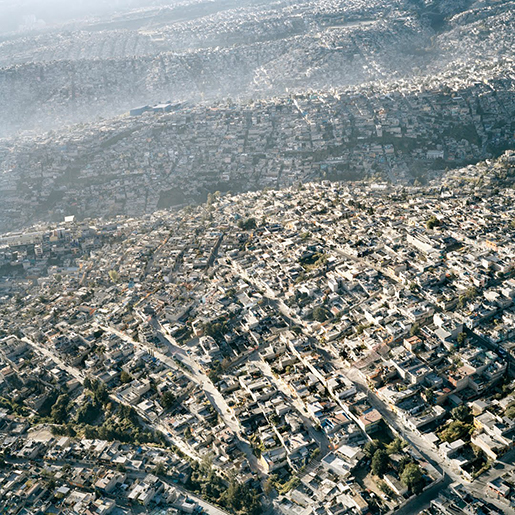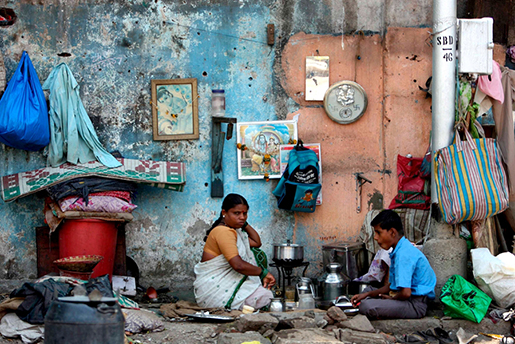Upon arrival at the airport’s check-in I experienced a flashback ...a scene I’ve seen so often repeated: a flight of immigrants, Latin-Americans or Maghreb people, returning to their countries of origin from Europe or the U.S.. Plastic bags and boxes replace suitcases, the discussions between airline officials and passengers often escorted by many members of their family, the sorrows of dozens of youngsters frantic by the imminent trip and the airport paging referring to order and security are the salt and pepper of an Almodóvar’s film.
Is this your first time in India? Yes.
For your safety never grab a taxi on the street, watch your belongings when you get help, try to tip the people who provide a service, their wages are not enough to make a living, and never accept a glass of water, only bottled water ... ah, nor ask for ice cubes in your drink. An endless list of recommendations that just anticipated a great truth, though India is an emerging economy the country is part of the Third World and its characteristics are as global as most ...
My colleagues, Indians and British, tried to explain or justify every experience as if understanding what we had in front of us would make us feel better.

México City by Carlos Gerhard Pi-Suñer.
I'm Mexican, I said, and this is a familiar world. I was wrong. While recognizing all the problems associated with Third World megalopolis, I could affirm that Mumbai is to Mexico City what Mexico City is to Strasbourg. Urban and social degradation are such that bewildering distress and deep frustration were my faithful companions during the visit to this bustling city. Never before had I seen such chaos, such filth, such danger (not personal but collective), such deterioration in infrastructures and so many social differences; everything so fragile ...
Is it fair to blame the great colonial powers of the Renaissance for the problems that still today affect billions of people? Or should we go further and claim it’s more of an anthropological question?
Mumbai, Oran and Mexico City are three cities, three countries, three ex-colonies, three continents, three religions and three different political systems but they same signs of damage ... my only interpretation is based on the unsolved problem of immigration to cities but especially on the human condition.

Mumbai by Carlos Gerhard Pi-Suñer.
Human beings are adaptable and although the environment is hostile they try adjusting and being happy. It’s the only explanation I have to understand that in the XXI century, we can to raise a family, live on sidewalks, eat and defecate in the surroundings, work six days a week and think this is what you get ... even if your street neighbour is the counterpart by living in absolute opulence.
Paradoxically, this is the most vibrant city model; it appears that the level of degradation and contrast is proportional to the joy and vitality on their streets. Can someone explain?
TO BE CONTINUED... NEXT WEEK MORE!! > "THE WRAP AND ICONS"
IN TREATMENT - METALOCUS.
DIRECTOR: JOSÉ JUAN BARBA. COORDINATION: INÉS LALUETA. ORGANIZATION: INÉS LALUETA, PEDRO NAVARRO. ENGLISH VERSION: KAREN SIMPSON. GUESTS FIRST SEASON: JOSÉ JUAN BARBA, MARINA DIEZ-CASCÓN, SERGIO DIEZ-CASCÓN SOLER, LARA FERNÁNDEZ GONZÁLEZ, CARLOS GERHARD PI-SUÑER, MONTSE PLA GARCÍA-CASTANY, XAVIER NICOLAU CUYÀS, FERNANDO RIAL PONCE, VERÓNICA ROSERO.





















